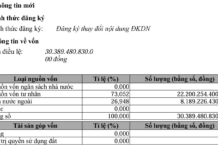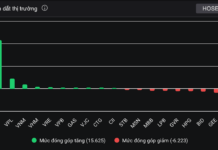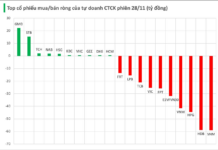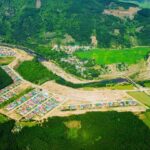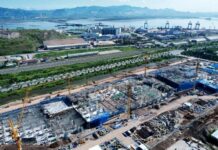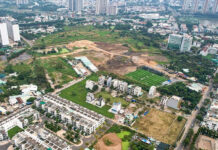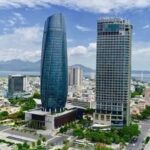Railways Workforce Breakthrough
Deputy Prime Minister Le Thanh Long has signed Decision No. 2230/QĐ-TTg (dated October 9, 2025), approving the Training and Development Plan for Vietnam’s Railway Workforce until 2035, with a vision to 2045. This strategic move aims to establish a high-quality workforce, ready for the era of high-speed rail and autonomous railway industrialization, paving the way for the modernization of the national transport infrastructure.
The plan focuses on building a synchronized workforce with deep expertise, advanced professional skills, and high technological capabilities, capable of engaging in high-speed rail projects, electrified national railways, and urban rail systems. Vietnam will gradually master technology, enhance national competitiveness, and promote the development of a modern and sustainable railway industry.
In the first five years (2025-2030), the railway sector aims to train a minimum of 35,000 personnel, primarily for key projects such as the North-South high-speed rail and urban rail systems.
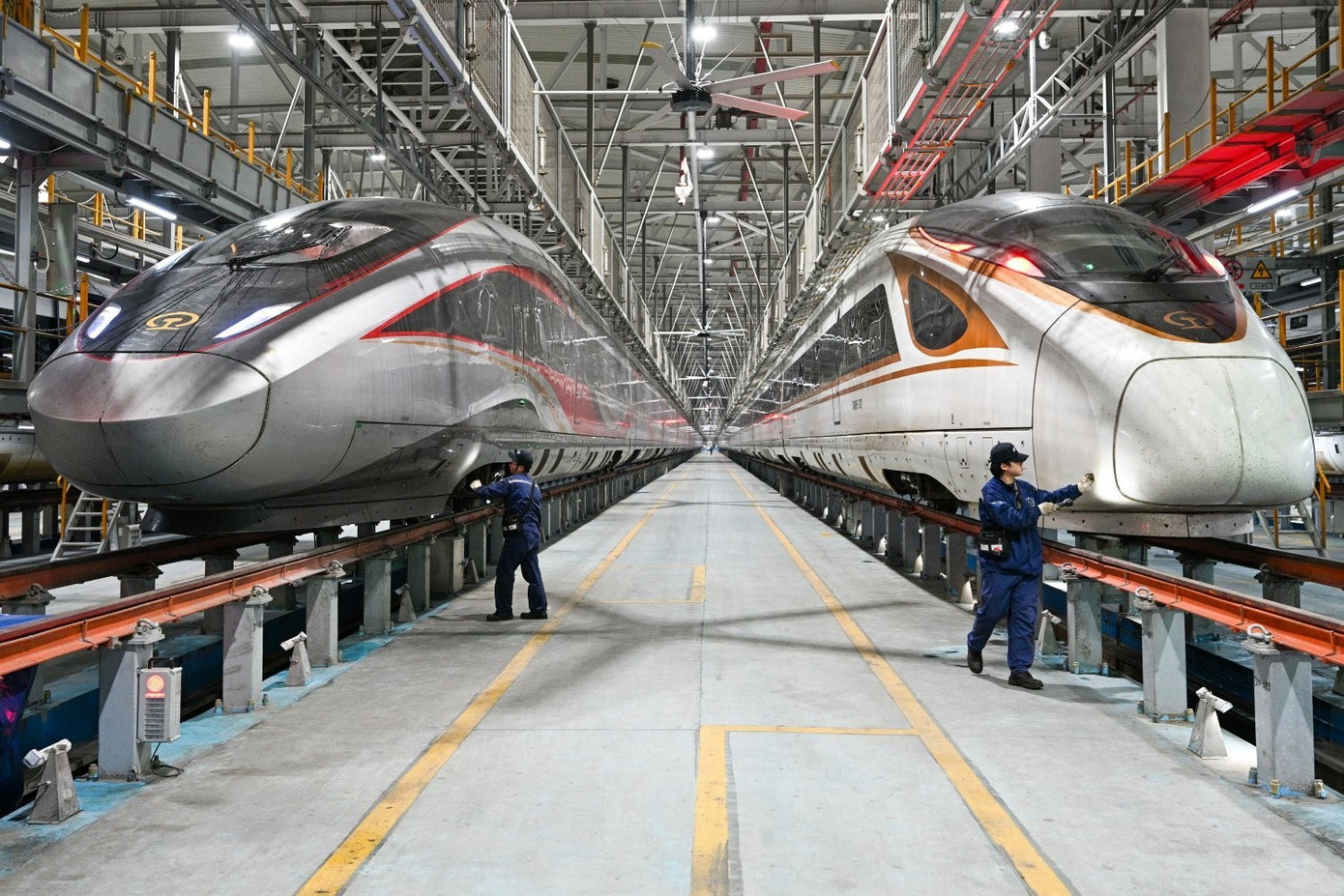
From 2025-2030, the railway sector aims to train a minimum of 35,000 personnel, focusing on the North-South high-speed rail and urban rail systems. Illustrative image: Xinhua.
The training structure includes: Postgraduate (1,000 individuals, including 80 PhDs, 920 Masters, and 210 lecturers); Undergraduate (14,000 individuals); College (11,000 individuals); and Intermediate (9,000 individuals).
By specialty, railway construction engineering accounts for 4,700 individuals, civil engineering 16,300 individuals, railway information and signaling 3,700 individuals, locomotives and carriages 1,700 individuals, and 6,000 individuals in railway transport operations. Additionally, 5,000 personnel will be trained for urban rail operation, maintenance, and management, along with 1,500 individuals in construction economics and transport, and 1,500 faculty members for specialized training.
From 2031-2035, the training scale will double, targeting 70,000 new personnel to meet the rapid development of the national railway system. This includes 2,000 postgraduate individuals, 18,000 undergraduate individuals, 30,000 college individuals, and 20,000 intermediate individuals.
Notably, at least 40,000 individuals will undergo operational and maintenance training for various railway lines: 13,800 for high-speed lines, 5,000 for national lines, and 21,200 for urban lines.
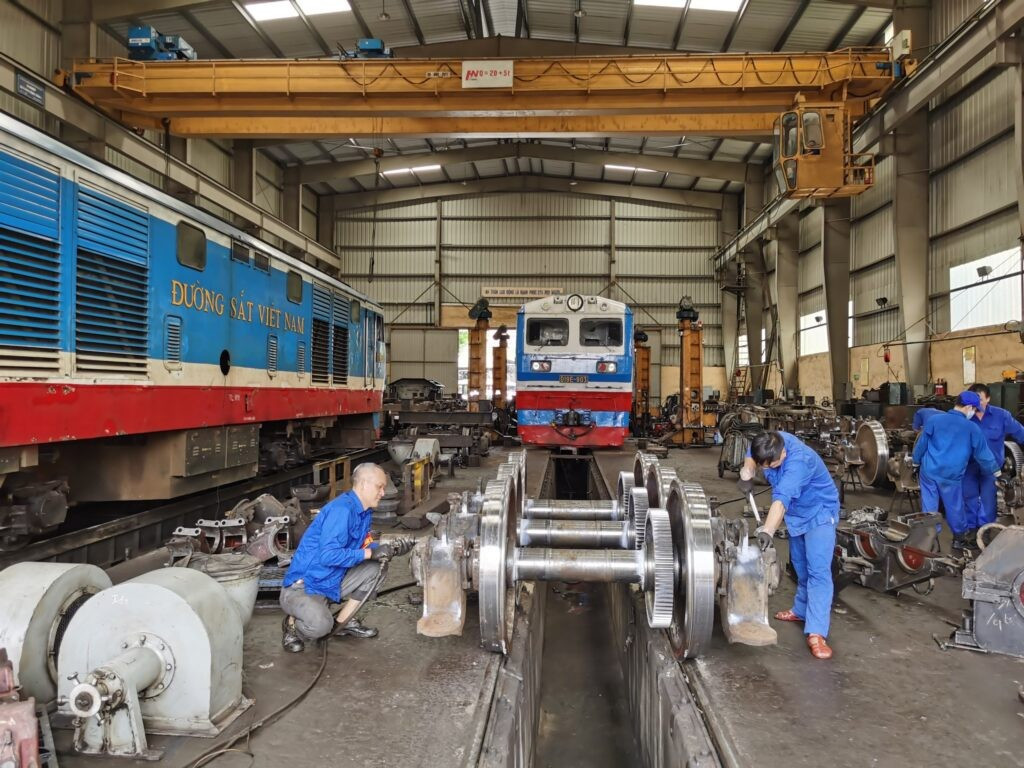
By 2035, Vietnam will require 5,000 personnel for the national railway line. Photo: VNR.
In total, by 2035, Vietnam will have trained and developed over 100,000 new personnel, laying the foundation for the comprehensive modernization of the railway sector.
Enhancing Training and Mastering Technology
The plan emphasizes that after 2035, Vietnam will continue to train high-quality personnel and establish modern railway technology training and transfer centers with regional significance. These centers will serve as hubs for research, innovation, and technology transfer, enabling Vietnam to achieve full autonomy in railway technology.
To achieve these goals, the plan outlines six strategic solutions: perfecting institutional frameworks and policies for workforce development; strengthening the capacity of railway training and research institutions; training according to international standards with a focus on practical skills and technology transfer; developing research personnel to master railway technology and industry; fostering international cooperation in training, research, and technical transfer; and diversifying funding sources, encouraging public-private partnerships in railway workforce development.
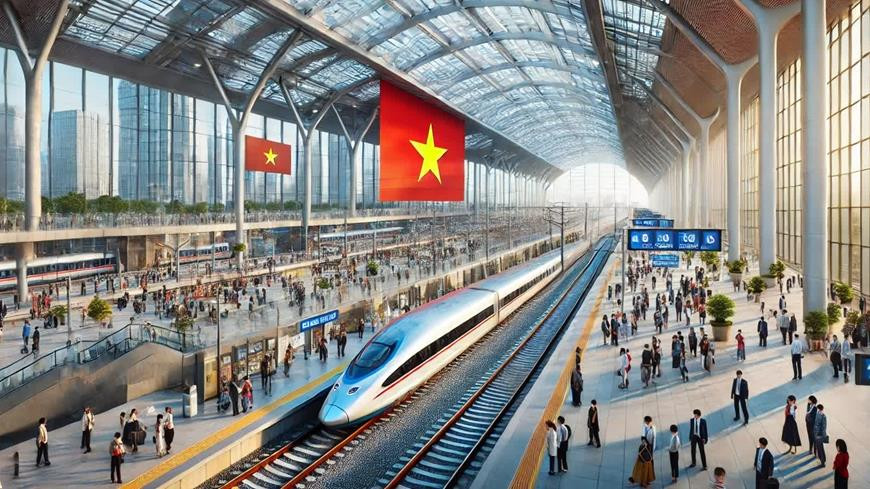
Simulation of the North-South high-speed rail. Image: AI.
According to Assoc. Prof. Dr. Nguyen Hong Thai, Vice Chairman of the Vietnam Railway Transport Association, the North-South high-speed rail project is a cornerstone of the country’s industrialization and modernization strategy, with a total investment of over $67 billion, spanning 1,540 km from Hanoi to Ho Chi Minh City, designed for speeds up to 350 km/h.
Mr. Thai noted that the project primarily relies on public investment, reducing foreign dependency, and opening opportunities for Vietnamese enterprises to participate in a $33 billion construction market. However, the biggest challenge lies in multi-sector coordination—from planning and technology to workforce training.
“High-speed rail is not just a test of construction capabilities but also an examination of Vietnam’s technological mastery. If we leverage this opportunity effectively, we can localize the railway industry, moving towards autonomy in design, construction, and operation,” Mr. Thai emphasized.
With the Workforce Development Plan until 2035, vision 2045, experts believe Vietnam is placing human resources at the heart of the high-speed rail era. This is not only a training strategy but also a commitment to technological, technical, and intellectual autonomy—a crucial foundation for Vietnam’s breakthrough in modern transportation.
“High-Speed Dreams: Gia Lai’s Preparations for Vietnam’s Ambitious North-South Railway Project”
The Gia Lai People’s Committee has set an ambitious target to complete 38 resettlement areas by December 2025, providing over 3,100 plots for 1,380 households impacted by the North-South high-speed rail project. This endeavor underscores the province’s commitment to ensuring smooth and timely relocation for those affected by this large-scale infrastructure development.
The Sun Group’s Hanoi Metropole: Thriving with the High-Speed Rail Revolution
The proposed Phu Ly Station on the North-South high-speed rail line is strategically located in Liêm Tuyền and Liêm Tiết, in the city of Phu Ly, Ha Nam Province. Its proximity to the Sun Urban City resort development further reduces the travel distance from Hanoi to this up-and-coming urban area, offering enhanced connectivity and convenience for residents and visitors alike.
The $70 Billion High-Speed Rail Opportunity: Unlocking Vietnam’s 7 Key Industries
“The Deputy Minister of Planning and Investment emphasized the potential positive impact of the high-speed rail project, stating that if we execute this project efficiently and swiftly, it will greatly benefit the country. This ambitious endeavor has the capacity to revolutionize transportation and connectivity within the region, fostering economic growth and development.”
The Powerhouse Alliance: China’s Top Firms Unite for a $70 Billion Mega-Project in Vietnam
The $70 billion Vietnamese super-project has piqued the interest of numerous Chinese conglomerates in recent times.












